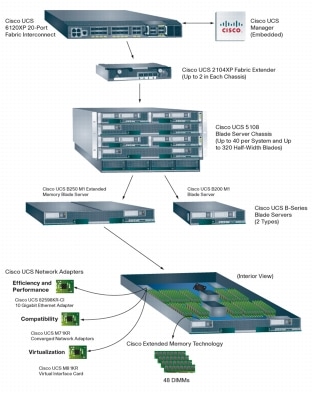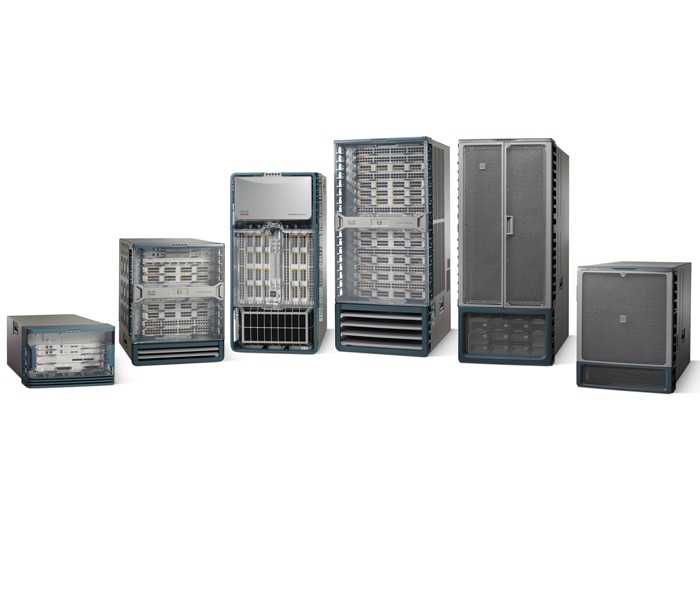Alaska (Oil) and West Virginia (Coal) Senators are making statements that congress should set energy policy and not the EPA, and are attacking the EPA's scientific findings.

Posted by Bridgette Outten in The District23 hours ago
President Barack Obama is planning to veto a bill that — if it passes Congress — would strip the Environmental Protection Agency of the authority to regulate greenhouse gas emissions and derail efforts for a climate change bill.
Alaska Senator says.
GOP Alaska Sen. Lisa Murkowski will ask senators to approve the measure Thursday, which willreportedly signal the Senate’s official disagreement with the EPA’s finding that carbon is a danger and needs to be regulated. The proposal uses a technique that can’t be filibustered and is an official mechanism to disagree with the rulings of executive branch agencies, according to reports.
Support for the Murkowski is coming from both sides of the aisle as lawmakers dispute the EPA’s right to set energy policy.
West Virginia says.
“I have long maintained that the Congress — not the unelected EPA — must decide major economic and energy policy,” said Democratic Sen. Jay Rockefeller of West Virginia in a press release. “EPA regulation will have an enormous impact on the economic security of West Virginia and our energy future.”
The White House says.
The White House said this week that Murkowski’s proposal would “undermine the administration’s efforts to reduce the negative impacts of pollution and the risks associated with environmental catastrophes, like the ongoing BP oil spill.”
The EPA says.
The Miami Herald reported that EPA Administrator Lisa Jackson “had even harsher words:”
“She called the oil spill a ‘tragic reminder of the hazards of our oil addiction’ and accused Murkowski of undermining the agency’s efforts to zero in on large emitters, not small ones.
‘It would take away EPA’s ability to take action on climate change,” Jackson said. “And it would ignore and override scientific findings, allowing big oil companies, big refineries and others to continue to pollute without any oversight or consequence. Finally, it will result in exactly zero protections for small businesses.’”
As the NYTtimes reports the battle is for jobs in States with a high carbon impact.
Republicans voted in unison, with some arguing that the emission program would suffocate millions of jobs and others asserting that EPA's plan is an unparalleled power shift toward "unelected bureaucrats," weakening Congress. Altogether 47 lawmakers, including six Democrats, supported moving forward with a vote to reverse the agency rules.
This is an interesting consequence of 2 Senators from each State vs. the House of representatives for the population. The States get to argue for their own livelihood vs. the population at large.
Some think the Climate Bill is too hard this year, but next it could be done.
One Dem: Climate bill next year
But there's evidence for less optimism: 47 senators signaled discomfort with a federal policy reducing greenhouse gases. Six of them are Democrats, a margin of mutiny that, if transferred to a vote on climate legislation, would likely spell disaster.
They include: Sens. Evan Bayh of Indiana; Mary Landrieu of Louisiana; Ben Nelson of Nebraska; Jay Rockefeller of West Virginia; and Blanche Lincoln and Mark Pryor, both of Arkansas. All come from states that lean heavily on fossil fuels.
The final tally, combined with heightening campaign partisanship, seems to have convinced some cap and trade supporters that the climb is too steep this year.
"I think it's difficult to pass a big bill a few months before a big election," Sen. Dianne Feinstein (D-Calif.) said after the vote. "But I think it can get done next year."
Where should you build your next data center? What colocation facilities will be in high demand.
If you aren't thinking of a carbon impact and a green data center strategy you better get started soon.



